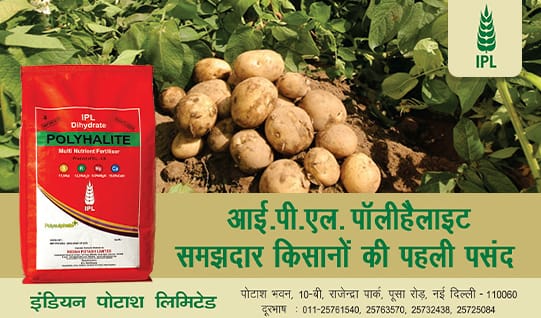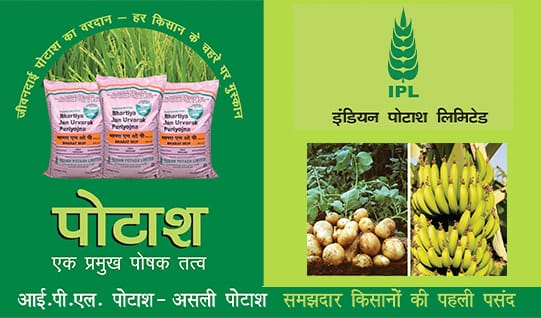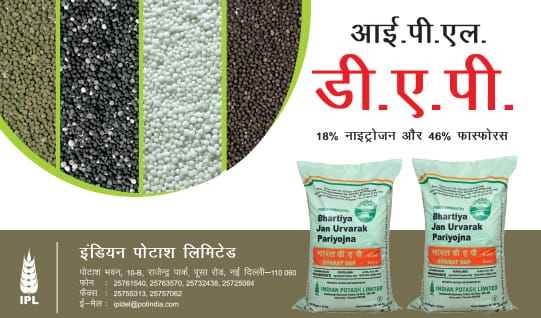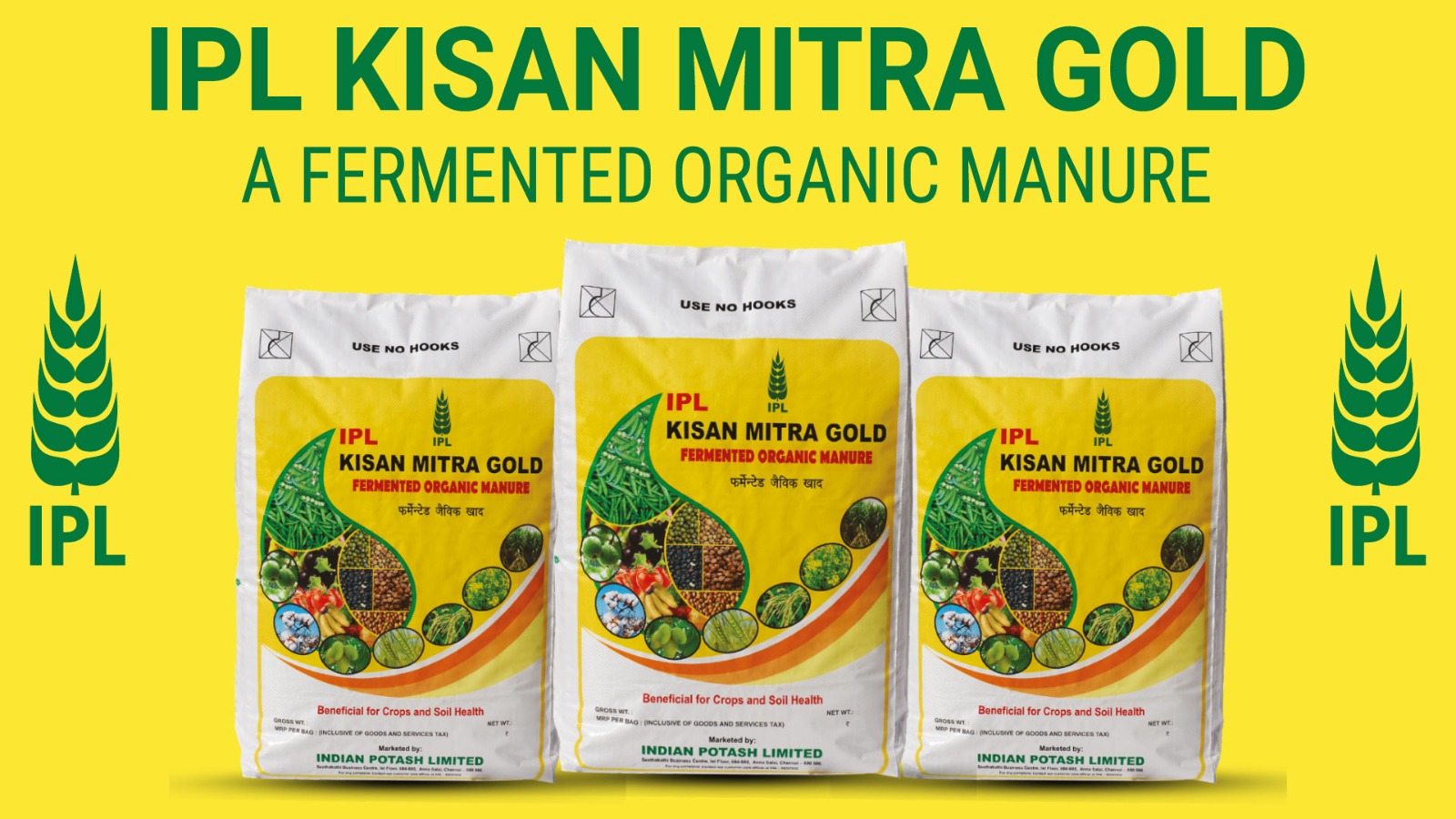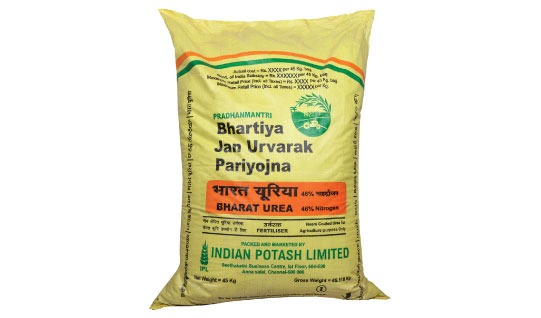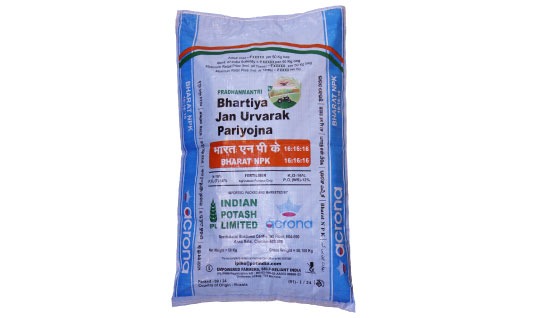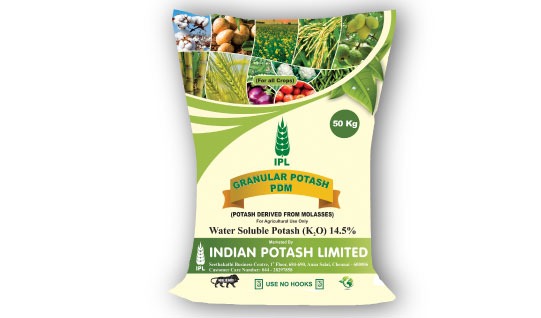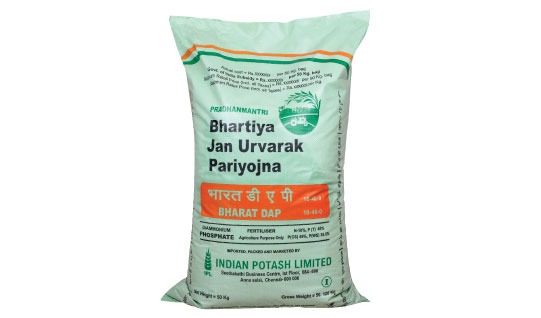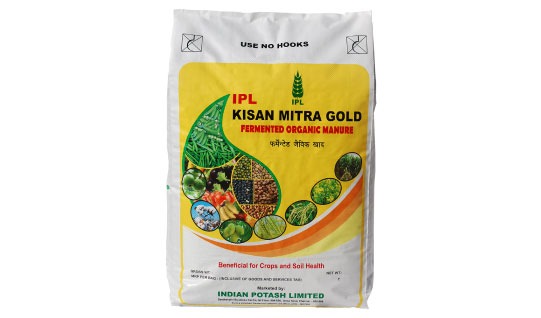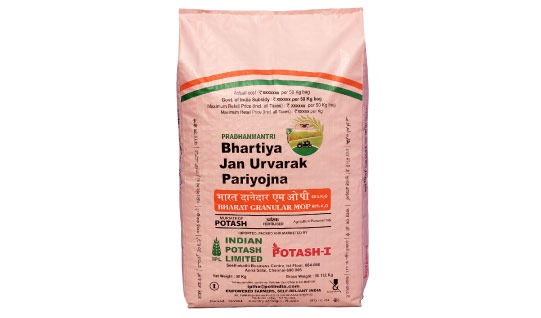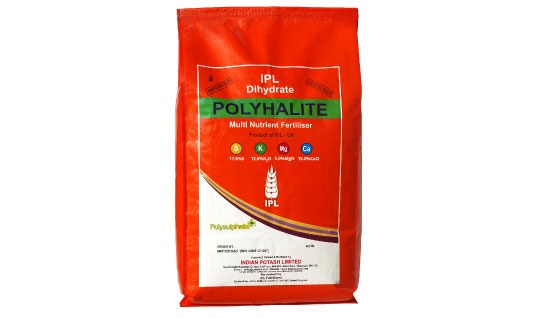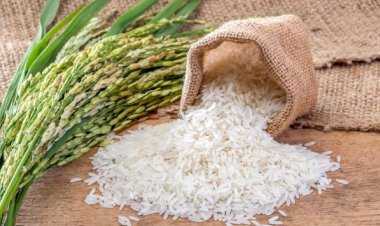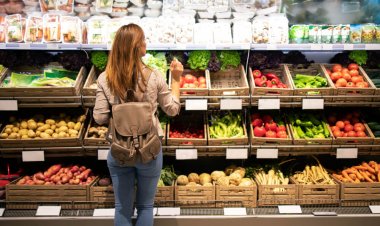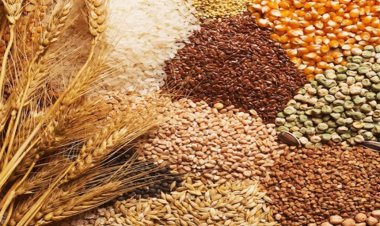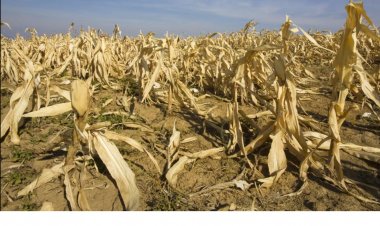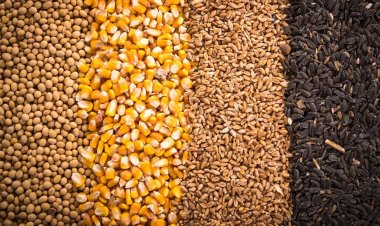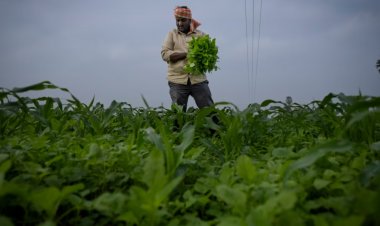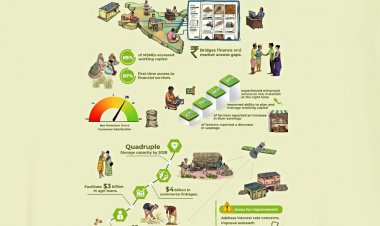FAO Food Price Index slips 1.6% in January due to falling sugar and oil prices
The FAO Food Price Index fell by 1.6% in January to 124.9 points, driven by lower global prices for vegetable oils and sugar
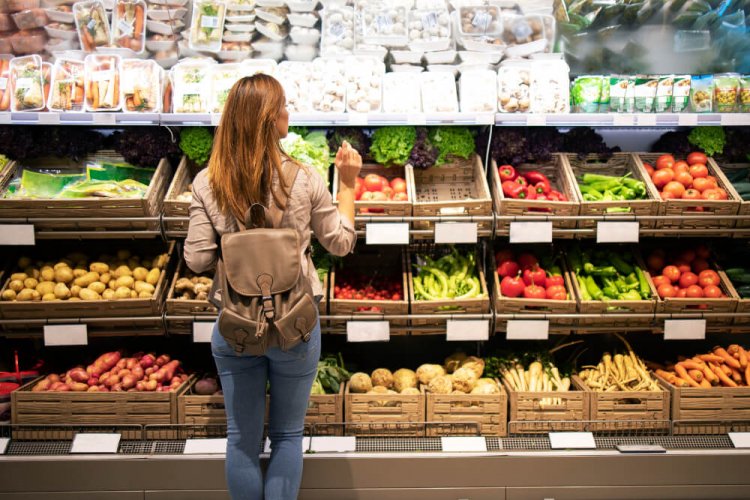
Global food commodity prices declined in January, driven by significant drops in sugar and vegetable oil prices, according to the Food and Agriculture Organization of the United Nations (FAO). The FAO Food Price Index averaged 124.9 points during the month, marking a 1.6 percent decrease from December. While the index remains 6.2 percent higher than the same period last year, it is still 22 percent below its peak in March 2022.
The FAO Sugar Price Index saw a sharp decline of 6.8 percent from December and was down 18.5 percent from January 2024. This drop was attributed to improved global supply prospects, spurred by favorable weather conditions in Brazil and India’s decision to resume sugar exports. Similarly, the FAO Vegetable Oil Price Index fell by 5.6 percent, reversing recent gains. The decline was largely due to lower global prices for palm and rapeseed oils, even as soy and sunflower oil prices remained stable.
The FAO Meat Price Index also dipped by 1.4 percent, with lower international prices for ovine, pig, and poultry meat offsetting an increase in bovine meat quotations. Meanwhile, the FAO Cereal Price Index edged up by 0.3 percent from December but was still 6.9 percent lower year-on-year. Wheat export prices experienced only a slight decrease, whereas maize prices rose due to lower production and stock forecasts in the United States. Rice prices declined by 4.7 percent amid ample exportable supplies.
In contrast, the FAO Dairy Price Index rose by 2.4 percent from December, registering a notable 20.4 percent year-on-year increase. The rise was primarily driven by a 7.6 percent surge in international cheese prices, which outweighed declines in butter and milk powder prices.
New Cereal Crop Forecasts
FAO’s latest Cereal Supply and Demand Brief provides fresh insights into global cropping trends for 2025. Winter wheat sowings in the northern hemisphere wrapped up in January, showing increased plantings in France, Germany, and the UK, while Russia reported a reduction due to weather conditions.
Maize harvests in the southern hemisphere are set to begin in the second quarter of 2025. Early projections suggest improved yields in Argentina and Brazil, while record-high maize prices have led to increased plantings in South Africa.
FAO has revised its forecast for global cereal utilization in 2024/25, predicting a 0.9 percent rise to 2,869 million tonnes, primarily due to higher anticipated use of maize as animal feed. Global cereal stocks are expected to decline by 2.2 percent by the end of the 2025 season, largely due to a significant contraction in U.S. maize stocks. Despite this, the global cereal stocks-to-use ratio for 2024/25 is projected to remain at a comfortable level of 29.8 percent.
International cereal trade is forecast to contract by 5.6 percent to 483.5 million tonnes in 2024/25, primarily due to reduced demand from China for barley, maize, and wheat.
The latest figures indicate that while global food commodity prices are declining, shifts in cereal production and trade dynamics will play a key role in shaping future market trends.



 Join the RuralVoice whatsapp group
Join the RuralVoice whatsapp group
